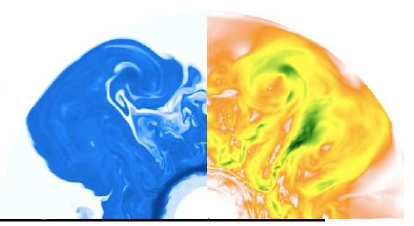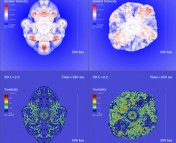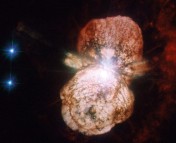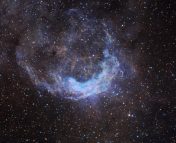Title: Core-collapse supernova progenitor constraints using the spatial distributions of massive stars in local galaxies
Authors: T. Kangas, L. Portinari, S. Mattila, M. Fraser, E. Kankare, R. G. Izzard, P. James, C. González-Fernández, J. R. Maund, A. Thompson
First Author’s Institution: University of Turku, Finland
Status: Accepted in Astronomy & Astrophysics
Core-collapse supernovae mark the explosive deaths of massive stars in the night sky. These explosions come in a variety of forms: bright vs. dim, blue vs. red, dusty vs. “clean”, etc. Both the star which exploded and its surrounding environment affect the cosmic bomb we eventually observe safely from our telescopes.
Living in a Bubble
This complex tale of how a star’s life affects the basic properties of its supernova is still a mystery. Often we are not lucky enough to get an image of the star, or the supernova’s progenitor, before its death. Instead, astronomers need indirect evidence to understand a progenitor’s properties, such as observing the progenitor’s stellar neighbors or the properties of its galactic home. Today’s paper uses one form of indirect evidence, the H-alpha flux, to better constrain the progenitor properties of different types of supernovae.
What exactly does the H-alpha line, a specific atomic transition in hydrogen, tell us about progenitor stars? Young, massive stars ionize neutral hydrogen in their surrounding environment, creating hot bubbles known as H II regions. Many factors affect the brightness of the H-alpha flux emitted by this H II region, but the authors hope that the H-alpha flux will track the different stars in a statistical sense. Their aim is to compare the H-alpha flux of different progenitor classes to that of different supernovae classes. An image of the H-alpha maps vs. the cataloged stars is shown in Figure 1.
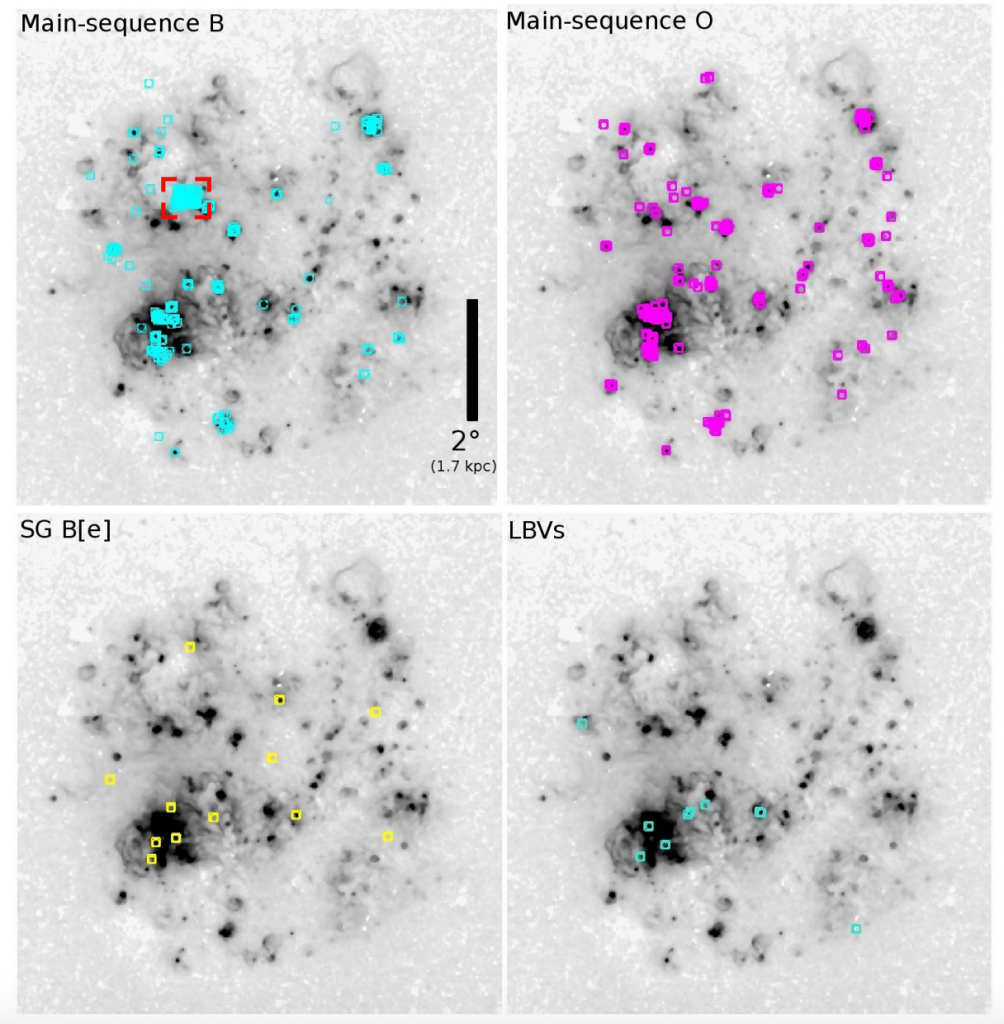
Figure 1: The H-alpha image of the Large Magellanic Cloud (grey). Locations of four types of stars (B, O, blue supergiants and Luminous Blue Variables) are shown as colored circles.
Queueing Up Stars
The authors examine two very different galaxies: the irregular dwarf Large Magellanic CLoud and the spiral M33. They aggregate a catalog of different types of evolved, massive stars within these galaxies, including the very blue Luminous Blue Variables (LBVs) and the cool red supergiants (RSGs), among other types. They smooth and rebin the H-alpha image of each galaxy into large pixels. They then sort these pixels from most luminous in H-alpha flux to least luminous, making note of which pixel each cataloged star resides in. The position each star occupies in this line of pixels is called the normalized cumulative rank (NCR).
With distributions of NCRs for many classes of stars in hand, the team then asks the statistical question: Do any of these distributions match any of the distributions of different supernovae classes? For example, does the distribution of LBVs look similar to the distribution of dusty supernovae (Type IIn supernovae)? If they do look similar, it implies that LBVs are the progenitors of Type IIn supernovae.
Many of their results reaffirm our previous beliefs about supernovae, giving credence to their technique. For example, supernovae which stay decay very slowly (Type IIP supernovae) come from progenitors with thick hydrogen envelopes—the red supergiants. However, the authors surprisingly found that supernovae engulfed in dusty environments (Type IIn supernovae) did not seem to match the population of their candidate progenitors—the LBVs! Instead, the Type IIn supernovae appear to come from lower mass stars. More detailed studies are necessary to confirm this finding, but expanded studies using the authors’ technique might untangle more knots in the raveled story of supernovae progenitors.

